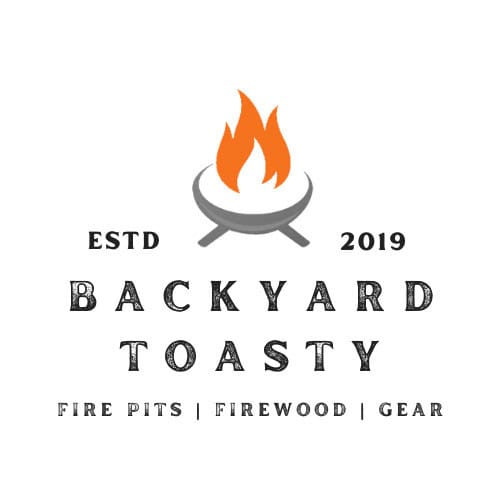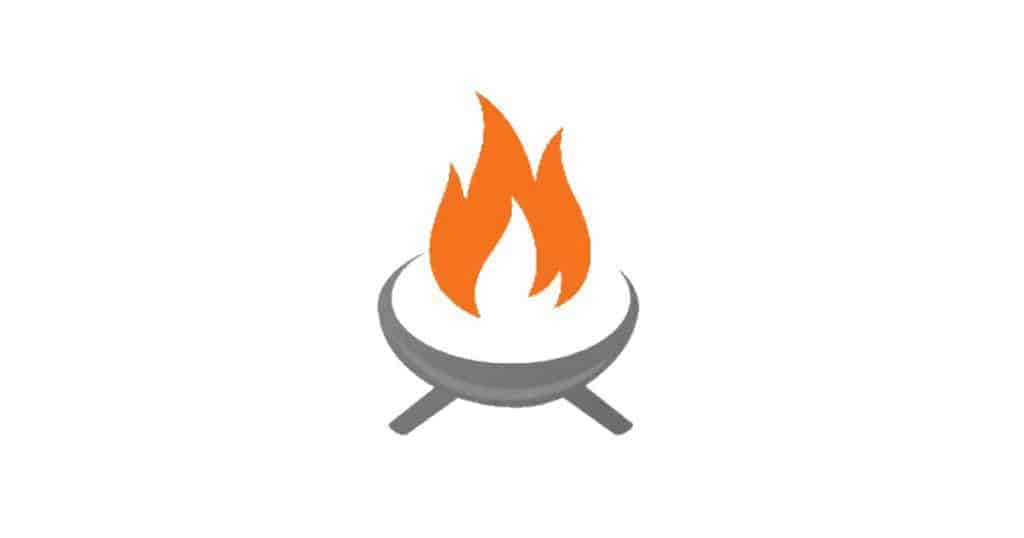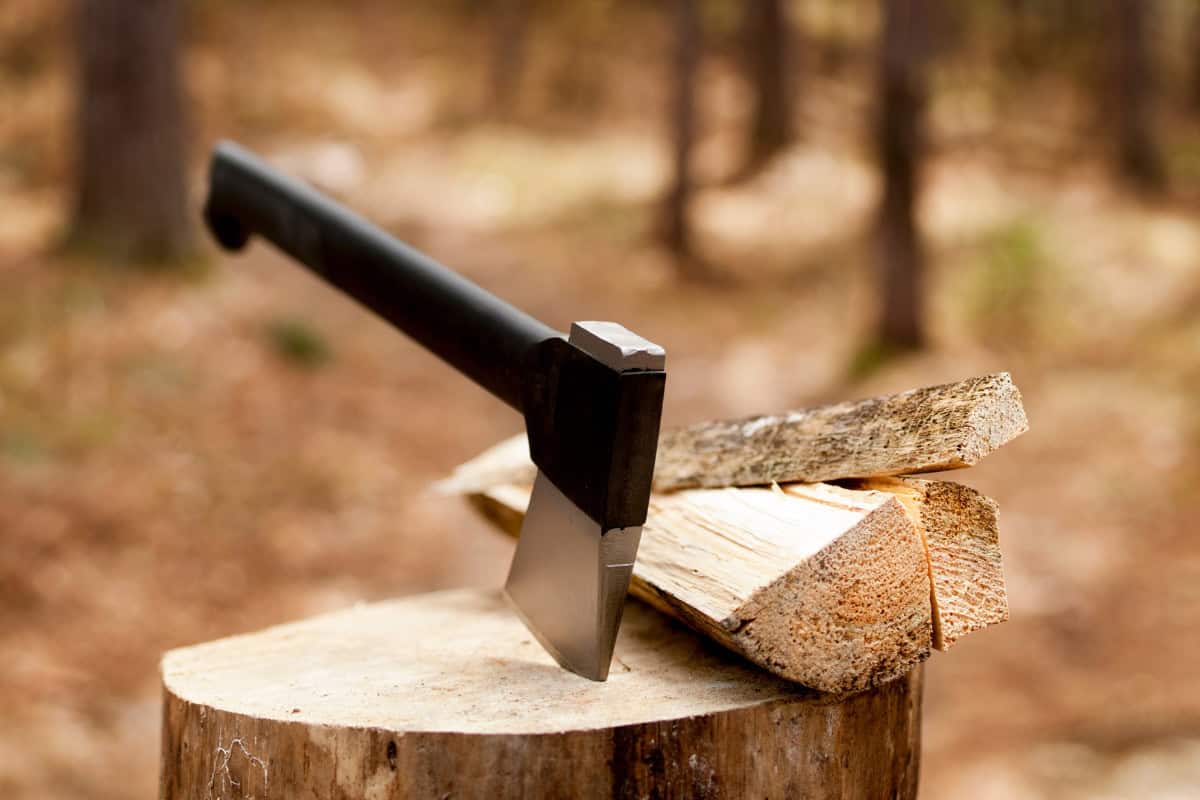
Best burning firewood makes all the difference when you want quick-lighting, hot-burning, long-lasting flames for your fire pit.
We often burn whatever wood is easily accessible, even when it’s not ideal for our fire pits.
I sometimes use wood from storm-felled trees on my property; despite knowing it’s not optimal firewood.
If you’ve cleared land and stacked wood from your property, you’ll likely use it regardless of quality or seasoning.
The type and degree of seasoning can make a tremendous difference in your fire’s performance.
Serious fire pit enthusiasts should know which firewood types burn best and how to properly prepare them.
Ash, beech, hickory, maple, and oak rank among the best burning firewood options for fire pits due to their exceptional performance characteristics. These hardwoods deliver superior heat output, extended burn times, and reasonable seasoning periods. While each variety offers unique burning properties, all five provide consistent, long-lasting flames with minimal smoke when properly seasoned, making them ideal choices for outdoor fire enthusiasts seeking premium burning experiences.
These firewood options are widely available across North America, mainland Europe, the U.K., and Ireland.
A smaller combination of these firewood types can be found throughout South America, Asia, Australia, and North Africa.
Table of contents

What are Hardwoods?
Hardwoods burn hotter and longer than softwoods, making them superior fire pit fuel choices.
There are some exceptions to this on the softwood side, like firewood from yew trees, but generally, pound for pound, hardwoods are a better choice.
Also, softwoods tend to have a higher moisture content, so seasoning often takes much longer.
For those looking for a more technical answer, the American Hardwood Information Center defines hardwoods as,

How Is Firewood Heat Output Measured and Why Should I Care?
A common metric for the heat output of a particular type of firewood is the British Thermal Unit or BTU.
A BTU is essentially the measure of heat necessary to heat one pound of water 1 degree Fahrenheit.
Higher BTU numbers indicate more energy in your firewood, delivering better heat output for your fire pit.
A typical way to represent this amount of energy in firewood is the BTU value per cord of wood.
A cord of wood is a well-stacked pile of firewood measuring 4 feet high, 8 feet wide, and 4 feet deep (see firewood BTU chart below).
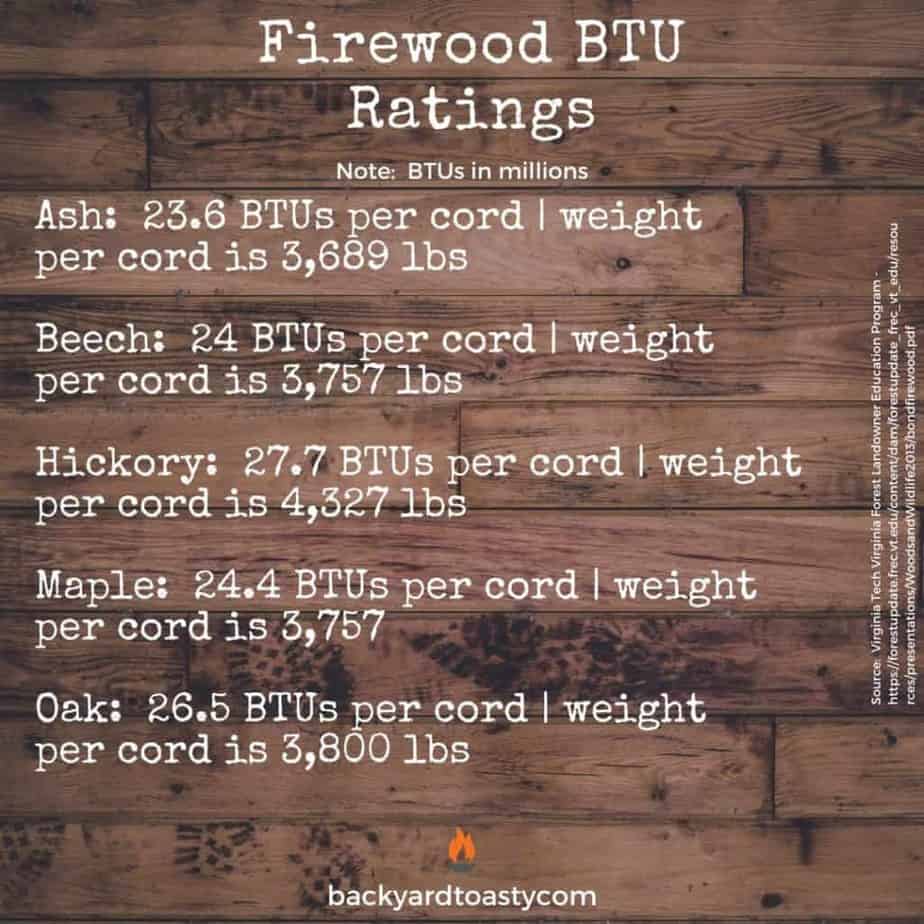
Knowing these ratings helps you select firewood that maximizes value for your effort or investment with suppliers.

What is Seasoned Firewood?
Seasoned firewood is essentially firewood that has been split, stacked, and allowed to dry for a set period of time.
Naturally, each type of wood contains a certain amount of moisture that is particular to each. If not properly seasoned, firewood will not burn as effectively as its capable of when dried properly.
Each firewood variety contains its own specific moisture percentage, which affects its burning performance and seasoning time.
A wood’s moisture content (%) and density are primary determiners of proper seasoning time.
Hardwoods typically season faster than softwoods due to their lower moisture content and higher density.
My recommended hardwoods—ash, beech, hickory, maple, and oak—all season quickly, typically within 6-12 months depending on conditions.
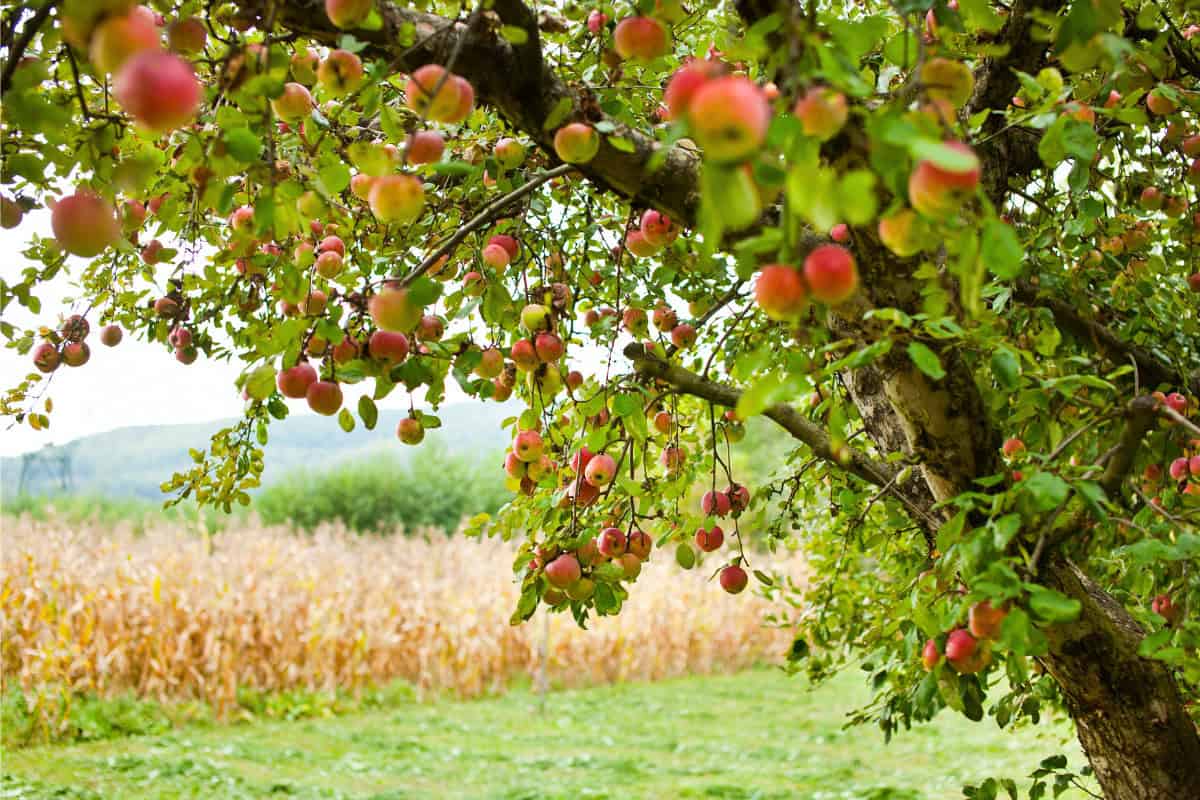
Some Great “Best Burning Fire Pit Firewood” Alternatives
If you can’t find my recommended options, these alternative firewood choices will still deliver excellent performance for your fires.
Black locust, a heavy, very dense wood, is a solid alternative firewood choice as it burns very hot (29.3 BTUs per 4,200 lb. cord) and seasons in about a year.
Black locust’s limited availability, primarily in the southeastern U.S., kept it off my main list despite its excellent burning qualities.
Apple wood burns extremely hot with a small flame and wonderful firewood aroma, though like black locust, it can be harder to find.

Wrap-up: Best Burning Firewood
My recommended firewood list isn’t exhaustive—there are many excellent wood options available for your fire pit.
I’ve selected five hardwoods with high heat output, long burns, quick seasoning, and wide availability for your perfect fire.
Ash, beech, hickory, maple and oak all meet my best burning firewood criteria, though each offers unique burning characteristics.
For more on the subject of making sure you have great performing firewood, check out my articles below:
Thanks for reading!
John

FAQs: Best Burning Firewood
Properly seasoned firewood has several distinct characteristics. First, look for visible cracks radiating from the center on the cut ends of the logs.
The wood will also feel lighter than freshly cut wood, and the bark may be loose or falling off. When you knock two pieces together, seasoned wood produces a clear, hollow sound rather than a dull thud.
Finally, well-seasoned wood has a darker color than fresh-cut wood and lacks the sweet smell of sap.
Ideally, use a moisture meter to check that the moisture content has fallen below 20% for optimal burning.
To properly season firewood, stack it in a single row with the cut ends exposed to maximize airflow.
Place the stack in a sunny location that receives good air circulation, and elevate it off the ground using pallets or 2x4s to prevent moisture absorption from soil contact.
Cover only the top of the stack with a tarp or purpose-made firewood cover, leaving the sides open to allow air movement.
Keep the stack away from your house (at least 20 feet) to avoid attracting pests, and consider creating multiple smaller stacks rather than one large one for better air circulation.
Yes, you can burn softwoods in your fire pit, but they have distinct characteristics compared to hardwoods.
Pros of softwoods include:
– Ignite more easily than hardwoods, making them excellent fire starters
– Season more quickly (typically 6-9 months versus 1-2 years for some hardwoods)
– Tend to produce larger, more visually impressive flames
– Often less expensive and more readily available in certain regions
Cons include:
– Burn much faster, requiring more frequent replenishment
– Produce less heat per volume compared to hardwoods
– Tend to produce more creosote and particulate matter (more smoke)
– Can create more sparks and pops, which may be a safety concern
